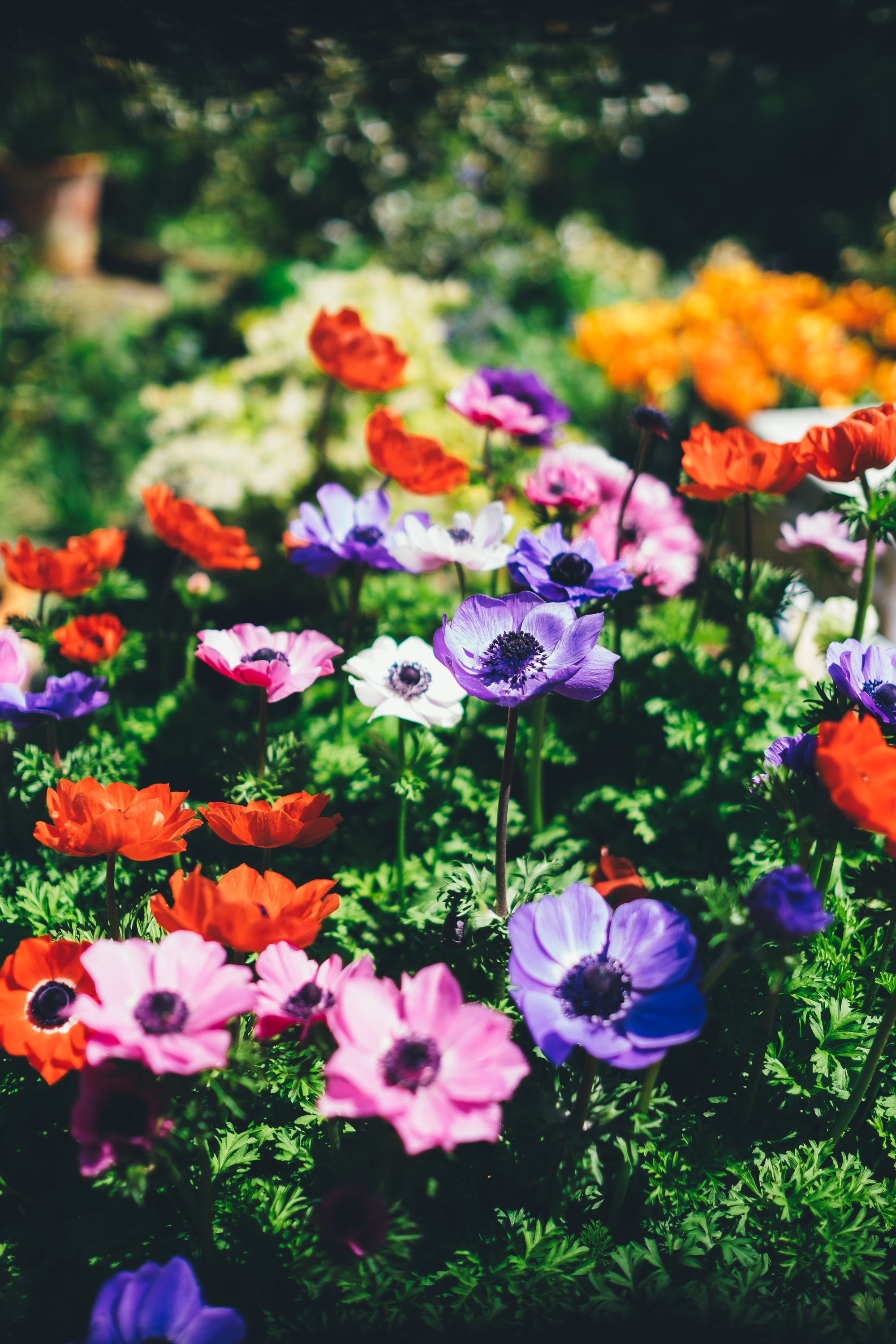Veggie Bites #180
- Judith Cox

- Mar 8, 2024
- 3 min read
Veggie Bites
One Hundred and Eighty
The magic week in March has arrived early this year, so I shall have to scramble to
get my work done. What is the magic week? It is that marvelous time when you can
pull up your nasty burdock because that taproot just slides right out of the ground.
This week the soil has warmed enough to pull these plants, but they have yet to
form rootlets along that massive tap root. This time does not last for long, so I shall
be making this my priority. I have found that this also works for wild parsnip.
Burdock (Arctium minus) is a weed in our area and is native to Europe and parts of
Asia. Sometimes is it cultivated as a vegetable. It is a biennial that looks almost like
rhubarb in its first year, then shoots up in its second year and develops burrs that
stick to everything! As it gets taller, it seems to develop a taproot that reaches to the
center of the earth.
Burdock plant
The older plants are easy to find. They are large brown structures and covered in
burrs. What I do is drape a garbage bag over the plant to try to avoid the burrs and
pull. I place the entire plant in a large black plastic construction bag. Once I have
finished pulling all that I can see, I put this large bag in a sunny spot and leave it for
at least six weeks. The sun works on it, and it usually breaks down enough to go
into the compost. However, never underestimate those burrs. They take a very long
time to decompose. You may find cold spots as you are pulling. If the plants are not
coming out, leave them for a couple of days and the area will warm up.
The burdock root appears smooth as the rootlets
have not formed.
For the wild parsnip, I use basically the same technique but cover up more. If you
are very allergic, even a tiny bit of sap will burn you. After it has sat in the sun for
six weeks it is easy to compost. Because wild parsnip (Pastinaca sativa) is also a
biennial I usually find the large second-year plants easier to find. They are tall and
often have seed heads. The first-year plants are difficult to find and often look like
perennials or vegetables that I am growing in my garden.
Wild Parsnip plant
I was starting to despair about my pepper seeds but now am happy to report that
they are up! How exciting is that! As you can see in the photo, I have taken
advantage of a clear container that I picked up that had strawberries in it. It made
a perfect little greenhouse for my dahlia seeds. Growing dahlias from seed is not
expensive and you can find some interesting colours. There are a number of little
greenhouse planters at the grocery store. You can use the containers for roasted
chickens, some lettuce containers and some berry containers as well. A great way to
recycle.
Peppers and dahlias
The weather is warm with warnings of a few cold days ahead. It is tempting to
clean up the garden, but everything is vulnerable right now. You don’t want to
compress your soil especially with the warnings of drought for the upcoming season
so walk lightly. Ticks will wake up with the warmer weather, so be aware of that as
well. Enjoy your week. Judith
(Email: sghorticultural@gmail.com) Veggie Bites are available at



Comments